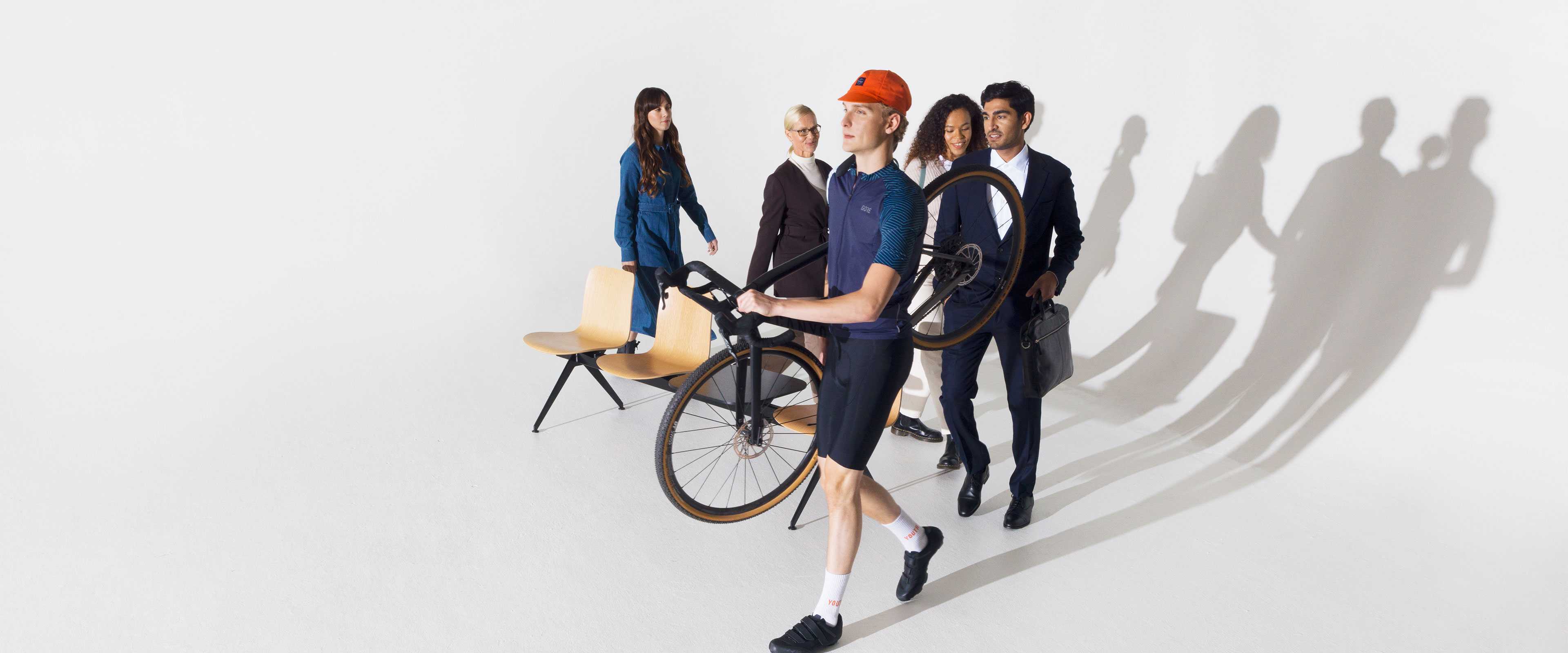The most important trends in the work environment development
The COVID-19 pandemic has transformed working life and workplaces radically. Health security must be taken into account, and remote work has become an option alongside office work. Work that is independent of location is here to stay.
More and more working communities are transferring to a hybrid work model, so they are evaluating the need for premises more broadly in terms of costs. Increased awareness of climate change and the need to reduce the carbon footprint create pressure to take sustainability issues into consideration in energy consumption, for example. Increasing attention is also paid to product lifecycles and the functioning of the circular economy.
Although the role of offices is changing, they will retain their importance: encounters and physical presence are needed, especially for boosting development and innovation. Community spirit and collaboration are also key factors in maintaining occupational wellbeing. The importance of an attractive and functioning workplace is increasing.
The transition to a hybrid work model and increasing sustainability requirements are the strongest trends affecting the work environment development.
Changes in the operating environment and sustainability requirements also affect learning environments. Hybrid learning, changes in curricula and the extension of compulsory education all change the way educational institutions and schools operate and their spatial needs.
As the requirements and ways of working change, companies and organisations are thinking about how and in what kind of environments their work is done. The role of the workplace in achieving a company’s goals is now better understood. Many have identified the need to update their premises, which can be seen in the form of growing demand for cost-effective and more flexible office space solutions. The need for remote workstations that can easily be taken into use has also increased.
Offices to support the hybrid model
A balance between office work and remote work is being sought. The digital and physical workplace must both be capable of supporting work. Organisations, teams and individuals all have their own needs: users want good ergonomics and a pleasant environment. Premises for work that requires concentration are also needed – something that is not available for everyone working remotely. Teams need to communicate and premises for collaboration. An organisation aims at productivity, improved occupational wellbeing and to fulfil its sustainability criteria. A major issue is how to make offices attractive, sustainable and efficient, and suitable for the hybrid model.
In furniture purchases we are transitioning to a service model based on a monthly fee, which is already commonly used with IT equipment, where functioning and flexibility are more important than owning. Competitive tendering of chairs and tables does not take the entire lifecycle of products into account, whereas the service model utilises the circular economy approach. This change in purchasing behaviour calls for information on the available alternatives and their impact on sustainability.
Quality and wellbeing
Quality is becoming more important. The quality of furniture and premises have an impact on work satisfaction, work efficiency and occupational wellbeing. During the pandemic, short-term measures have often been taken, but companies and organisations must also look further ahead, with an emphasis on durable solutions and the lifecycle approach, and on flexibility at the same time. Major transformation projects at the workplace will be replaced with smaller changes, and the workplace will adapt to the needs of the business and the employees increasingly in real time.
